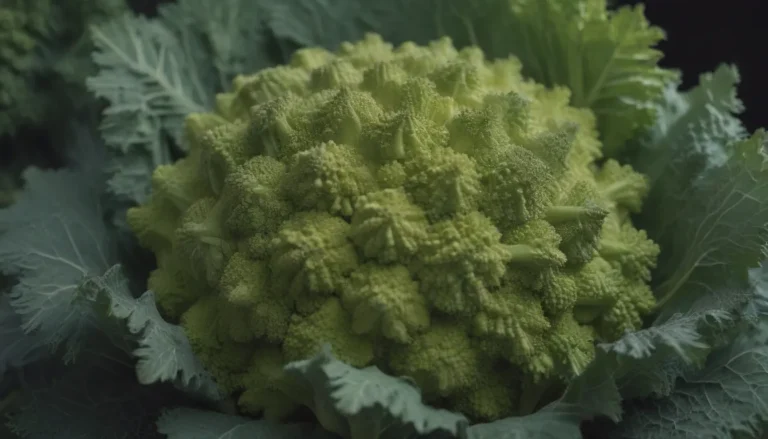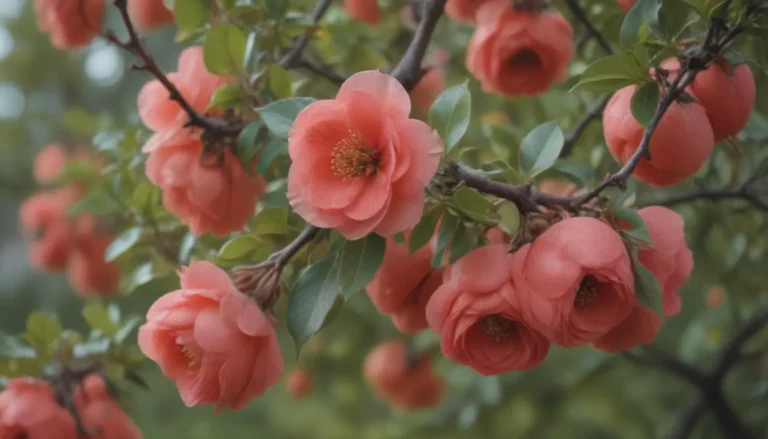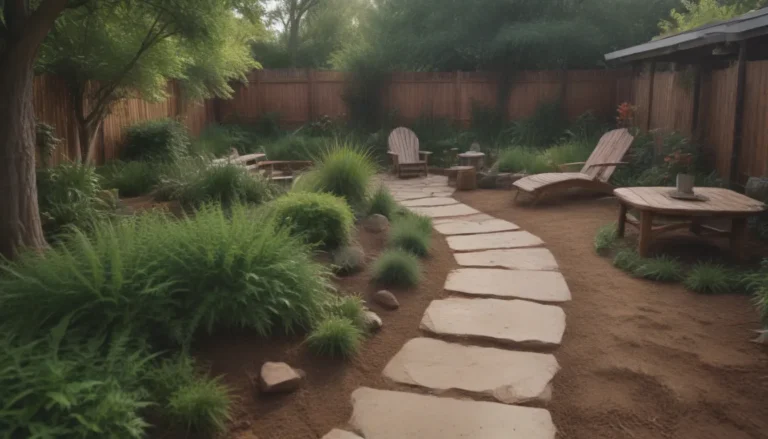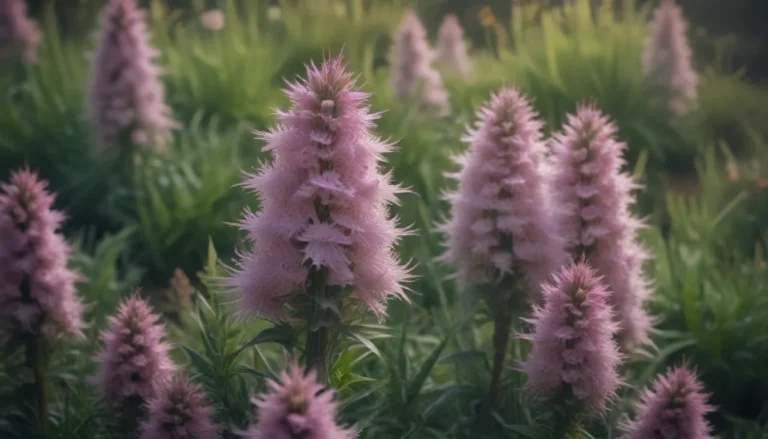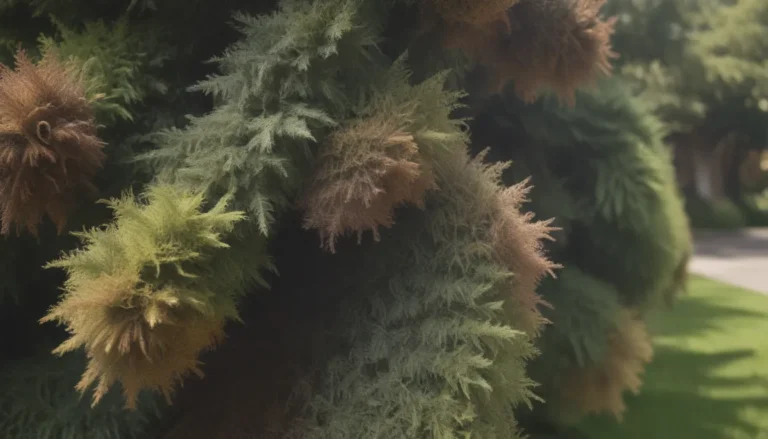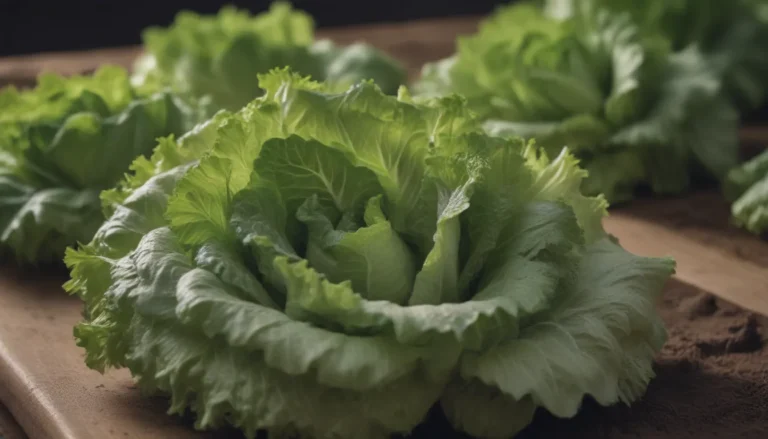A Comprehensive Guide to Growing and Caring for the African Spear Plant

Are you looking to add a unique and striking plant to your indoor or outdoor space? The African spear plant, also known as the cylindrical snake plant, is a beautiful succulent that can thrive in a variety of conditions. In this in-depth guide, we will explore everything you need to know about growing and caring for African spear plants.
Getting to Know the African Spear Plant
The African spear plant is characterized by its spear-like, pointy-tipped, gray-green, subtly striped leaves. This plant thrives in hot, dry climates with sandy, well-draining soil. It prefers morning sun to afternoon sun and temperatures above 50 degrees Fahrenheit. However, it is important to note that the African spear plant is toxic to pets, so it should be kept out of reach of furry friends.
African Spear Plant Care Guide
Here are the main care requirements for growing a healthy and vibrant African spear plant:
Light
- These plants can tolerate somewhat low light conditions but prefer full sunlight or bright filtered light.
- Outdoors, morning sun is ideal, but protect them from direct hot afternoon sun.
- Indoors, place them near a bright north-facing window.
Soil
- Like most succulents, African spear plants prefer sandy soil with excellent drainage.
- A potting mix designed for succulents or cacti is ideal.
Water
- African spear plants can survive prolonged drought periods.
- Allow the soil to dry out between waterings, then water deeply.
- Watering every week to every other week is generally sufficient.
- Ensure excess water drains out of the pot to prevent root rot.
Temperature and Humidity
- These plants thrive in hot, dry climates and prefer temperatures above 50 degrees Fahrenheit.
- Protect them from cool drafts, such as those from air conditioners.
- Humidity is generally not an issue as long as the soil is not saturated.
Fertilizer
- African spear plants do not require much fertilizer, as they can thrive in lean soil.
- Feed them with a diluted succulent fertilizer monthly from spring to fall.
Types of African Spear Plant
When grown in a habitat similar to Angola, African spear plants may produce a long flower spike with delicate white blooms. Some popular varieties of African spear plants include:
- Dracaena cylindrica ‘Spaghetti’
- Dracaena cylindrica ‘Skyline’
- Dracaena cylindrica ‘Patula’
Pruning and Propagating
While African spear plants do not require much pruning, you can remove yellowed or discolored leaves for aesthetic purposes. Additionally, the long spear-like leaves of this plant can be braided for a unique look.
Propagation of African spear plants can be done through seeds, division, or replanting offshoots. Here’s how to propagate African spear plants:
- Divide the plant at the start of the growing season in the spring.
- Replant offshoots or “pups” once they are at least 6 inches high.
- Plant them in well-draining soil and in a container with ample drainage.
Potting and Repotting
African spear plants can thrive when root-bound in a pot. Repotting is typically necessary only every few years once the roots grow noticeably out of the pot. When repotting, move the plant to a container one size larger, ensuring it has ample drainage.
Common Pests and Plant Diseases
African spear plants are hardy and generally resistant to diseases and pests. To prevent root rot, plant them in fast-draining soil and avoid overwatering. Occasionally, mealybugs and spider mites may bother this plant, which can be treated with insecticidal soap.
Overwintering and Blooming
During the winter months, African spear plants go dormant and require less frequent watering. Skip fertilization during this time. Blooming is sporadic and may occur in winter in anticipation of the spring growing season. To encourage blooms, consider using a phosphorus-rich fertilizer.
Common Problems and Solutions
African spear plants are low-maintenance but may experience issues such as yellowing leaves or toppling over. To prevent these problems, ensure proper watering, lighting, and potting conditions. If the plant topples over, consider replanting it in a heavier pot or using rocks to stabilize it.
In conclusion, growing and caring for African spear plants can be a rewarding experience. By following the tips and guidelines outlined in this comprehensive guide, you can ensure that your African spear plant thrives and adds beauty to your home or garden. Remember to provide adequate light, well-draining soil, proper watering, and occasional fertilization to keep your plant healthy and vibrant. Happy gardening!
